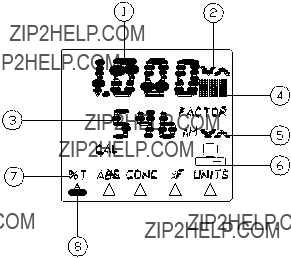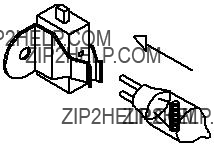3.3 GOOD PRACTICE GUIDELINES
1.For optimum performance a calibration routine should be carried out at the beginning and end of every sample batch.
2.To ensure accurate results are obtained the sample area lid should be kept in the closed position during measurement.
3.The styrene cuvettes supplied with the unit are disposable (i.e; ideally they should be used once and then thrown away). Some repeat use is possible, providing extreme care is taken during cleaning, to ensure no damage occurs to the polished surface.
4.Plastic cuvettes are not suitable for use with organic solvents.
5.Glassware used in the preparation of standards should be made of a high grade borosilicate glass. The use of soda glass should be avoided wherever possible as leaching can occur during prolonged contact, giving erroneous results.
6.Glass cuvettes should be thoroughly cleaned after use. Discard when scratches become evident in polished surfaces.
7.Chemical reagents should, wherever possible, be of high grade quality. Contamination can cause problems, even at very low levels. Diluents (i.e; water or solvents) must be free from impurities.
8.There are some substances which do not follow Beer???s Law. When attempting a new method it is advised that linearity checks should be performed over the range of concentrations being used. This can be carried out by preparing a quantity of known strength solutions and checking the results.
a)Deviations from Beer???s Law may occur at high concentrations by association of molecular ionic species.
b)Deviations from Beer???s Law may occur at low concentrations by variation in hydration, introducing changes in the nature of complex ions.
c)Absorption which does not obey Beer???s Law will require a graph of known standards to be
plotted. This should indicate Reading vs Concentration. The reading obtained from theunknowns can then be related to the concentrations from the graph.
9. Samples and standards can ???outgas??? when left in the cuvette. Bubbles formed on the cuvette walls will cause reading errors.



